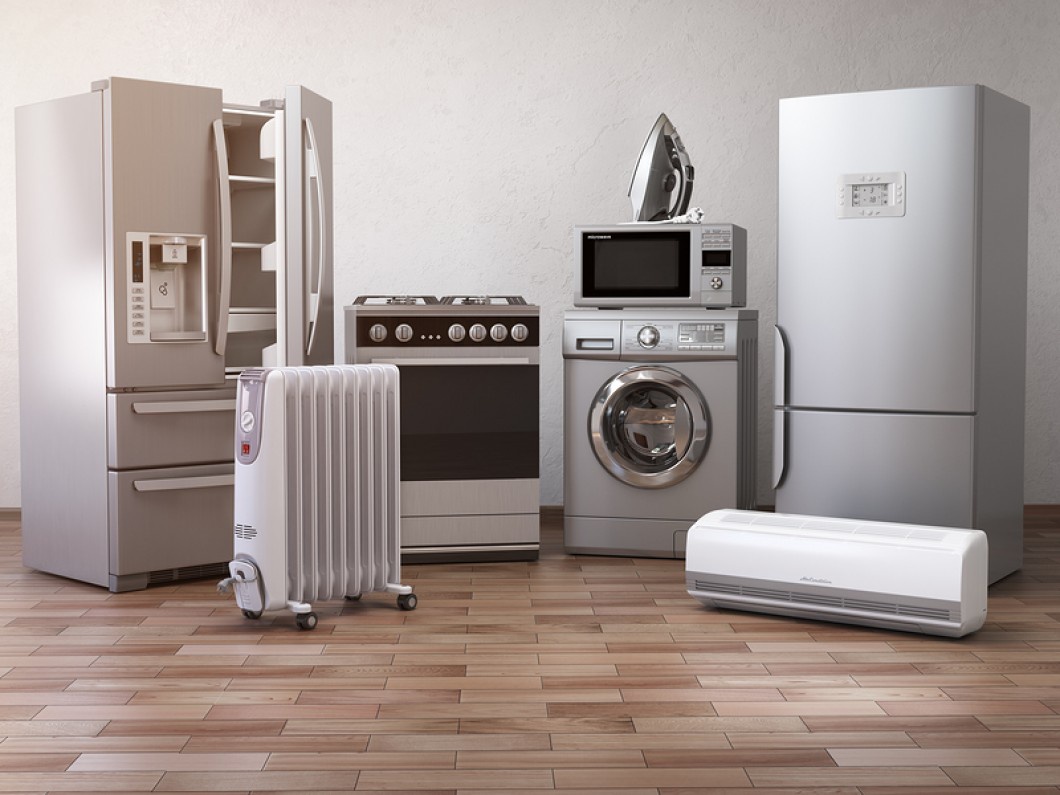Samsung refrigerators are known for their innovative features and reliable performance. However, like any appliance, they can encounter issues over time. Understanding common problems and learning how to troubleshoot them can save you time and money. In this article, we will explore some of the most common Samsung refrigerator problems and provide troubleshooting tips to help you resolve them.
-
Refrigerator Not Cooling Properly: If your Samsung refrigerator is not cooling as it should, start by checking the temperature settings. Ensure that the fridge and freezer compartments are set to the recommended temperatures. Additionally, check for any obstructions around the air vents and clean the condenser coils to improve cooling efficiency.
-
Excessive Frost Buildup in Freezer: Excessive frost buildup can lead to reduced cooling performance. If you notice a thick layer of frost in the freezer, manually defrost it by removing the contents and unplugging the refrigerator. Allow the frost to melt completely, clean the freezer interior, and restart the unit. Regularly defrosting the freezer prevents frost accumulation.
-
Water Leaking Inside or Outside the Refrigerator: Water leaks can be caused by various factors. Check the water supply line for any leaks or damage. If the issue persists, inspect the drain tube for clogs or blockages and clear them. Also, ensure that the refrigerator is level, as an unlevel unit can cause water leakage.
-
Ice Maker Malfunctions: If your Samsung refrigerator has an ice maker that is not producing ice or dispensing it properly, first check the water supply. Make sure the water line is connected and not obstructed. Clean the ice maker unit, removing any ice blockages or debris. If the problem persists, reset the ice maker according to the manufacturer's instructions.
-
Unusual Noises: Unusual noises from your Samsung refrigerator can be bothersome. If you hear loud rattling, vibrating, or humming sounds, check for any loose or vibrating parts. Ensure the refrigerator is level and not in contact with nearby objects that could cause vibrations. If the noise continues, consult the user manual or contact Samsung's customer support.
-
Display or Control Panel Issues: If the display or control panel on your Samsung refrigerator is not functioning properly, try resetting it. Unplug the refrigerator for a few minutes and then plug it back in. If the problem persists, consult the user manual for specific troubleshooting steps or contact Samsung's customer support for assistance.
-
Fridge or Freezer Door Seal Problems: Damaged or worn-out door seals can lead to temperature inconsistencies and energy loss. Inspect the seals for any signs of cracks, tears, or gaps. If necessary, replace the faulty seals to ensure a proper seal and maintain the desired temperature levels.
-
Error Codes: Samsung refrigerators may display error codes indicating specific problems. Consult the user manual or the manufacturer's website to identify the meaning of the error code. Follow the recommended troubleshooting steps to address the issue indicated by the error code.
Conclusion: By familiarizing yourself with common Samsung refrigerator problems and the corresponding troubleshooting tips, you can effectively resolve many issues on your own. Remember to consult the user manual and utilize online resources provided by Samsung for specific guidance. In cases where the problem persists or requires technical expertise, do not hesitate to contact Samsung's customer support or schedule a service call with a certified technician. With proper troubleshooting, you can keep your Samsung refrigerator running smoothly and enjoy its reliable performance for years to come.


No comments yet